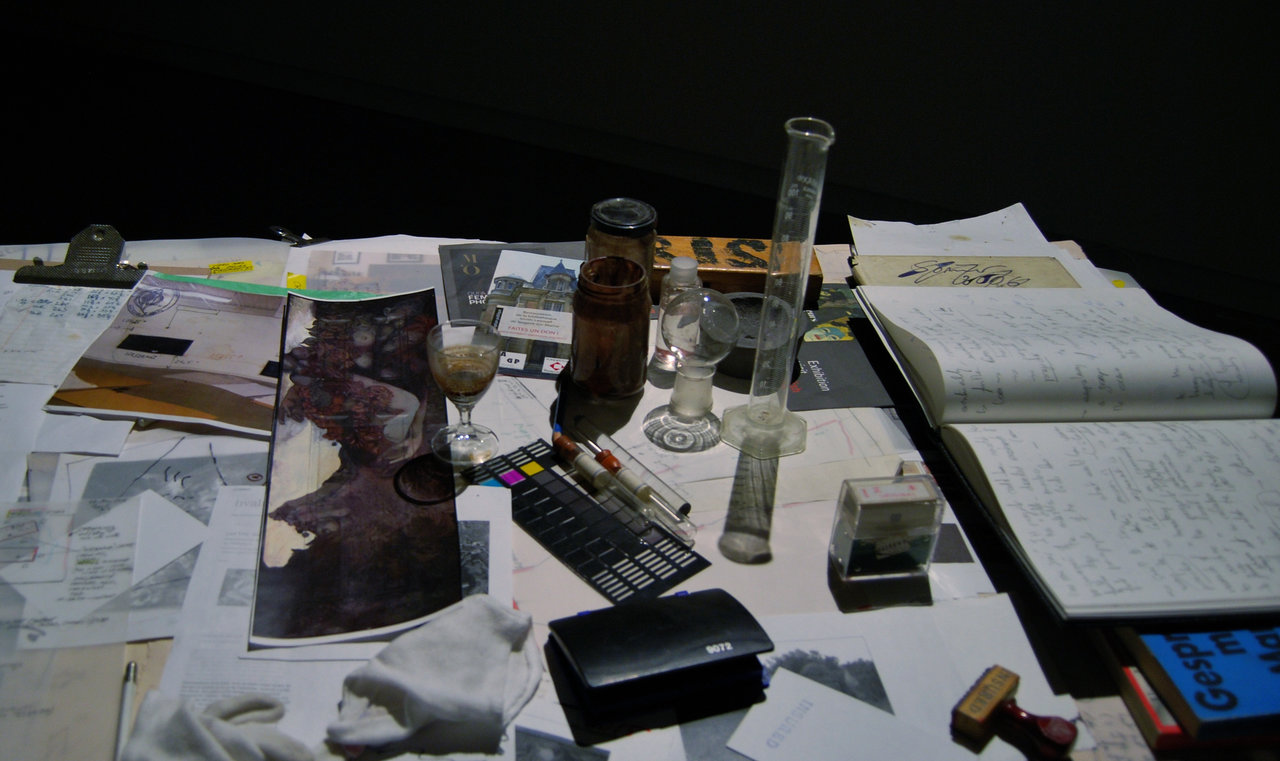 Installation view of Iris Häussler, Sophie La Rosière Project, 2016 at Scrap Metal
Installation view of Iris Häussler, Sophie La Rosière Project, 2016 at Scrap Metal
Iris Häussler identifies her Sophie La Rosière Project as a ‘Gesamtkunstwerk’, using a term that goes back to the nineteenth century German art theory, where it denoted a total work of art in which elements belonging to various art forms – visual, musical, narrative, – coalesce into a unity. Sophie La Rosière, like Häussler’s previous projects, The Legacy of Joseph Wagenbach (2006) and He Named Her Amber (2008-2010), falls under this term, as it brings together objects produced by means of craft-work, painting, restoration techniques, book art, video and audio recording, and binds them into a coherent whole through an overarching narrative: a fictional biography of an artist to whom these objects are attributed.
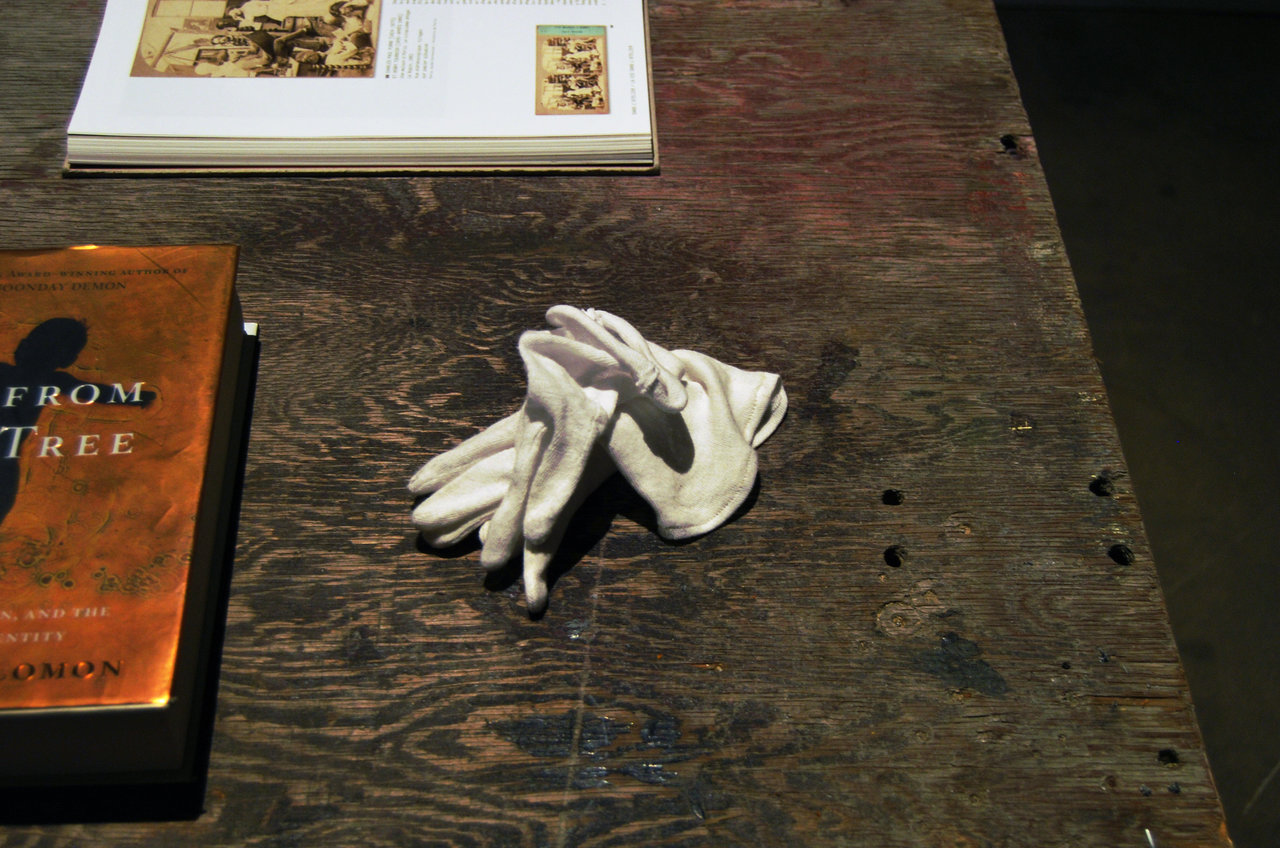 Installation view of Iris Häussler, Sophie La Rosière Project, 2016 at Scrap Metal
Installation view of Iris Häussler, Sophie La Rosière Project, 2016 at Scrap Metal
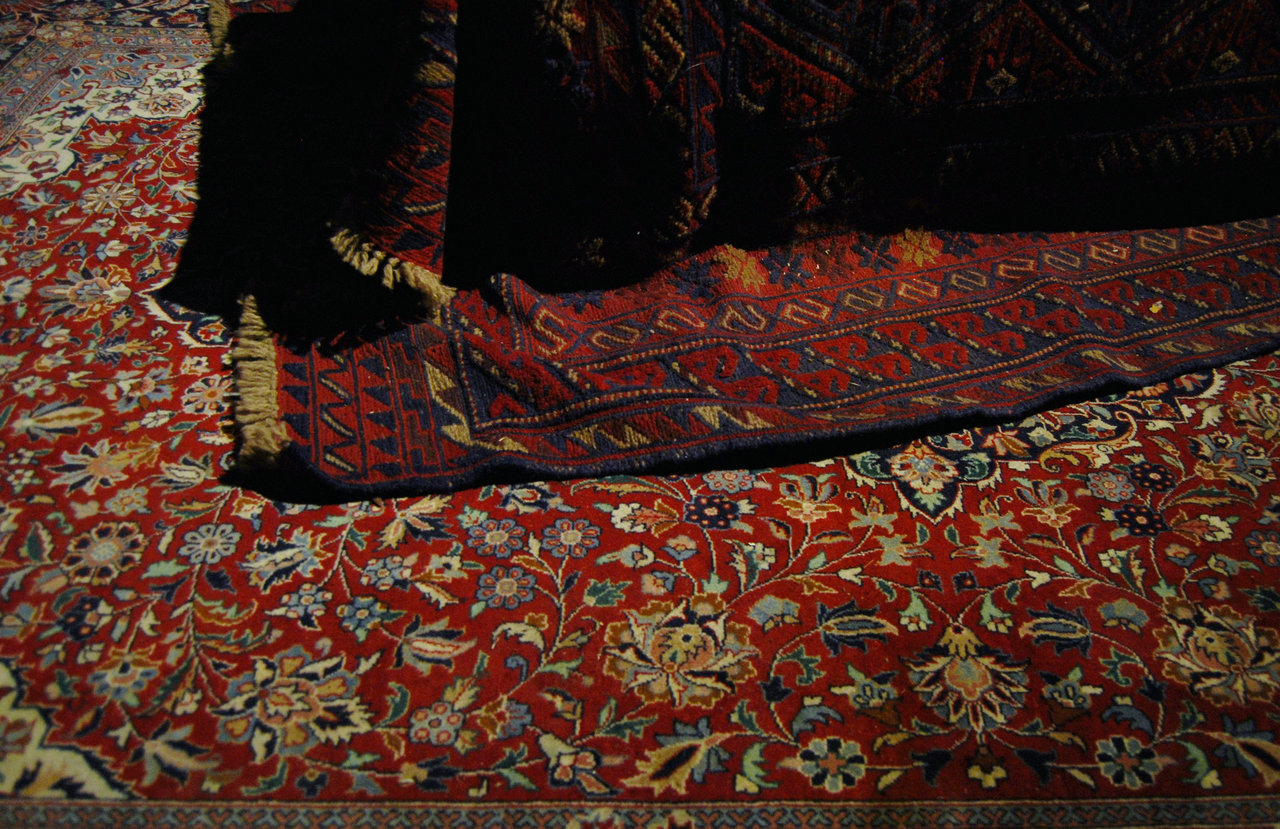 Installation view of Iris Häussler, Sophie La Rosière Project, 2016 at Scrap Metal
Installation view of Iris Häussler, Sophie La Rosière Project, 2016 at Scrap Metal
Häussler’s projects, when exhibited, often look like hoarder’s paradise, overflowing with objects and occupying vast spaces. The Legacy of Joseph Wagenbach (2006) took up an entire house in Toronto’s Trinity Bellwoods neighbourhood; He Named Her Amber (2008-2010) required the scope of AGO’s Grange mansion. Sophie La Rosière Project is divided into two parts; one of them, exhibited at The Art Gallery of York University, showcases the entire oeuvre of the fictional artist Sophie La Rosière, and, characteristically, abounds in exhibits; while the other, shown at the Scrap Metal, focuses on the conception, recovery, and interpretation of La Rosière’s work, and is surprisingly minimalistic. It comprises two wax-covered wooden panels, attributed to the fictional French artist; numerous X-Rays, which display the multi-layered paintings hidden behind the wax; a video overview of the restoration process; various printed and video sources that can be used to place the paintings within a greater artistic context and make sense of the psychology of their author; and, finally, what appears to be Häussler’s own workstation, whence Sophie La Rosière’s emerged into the artworld.
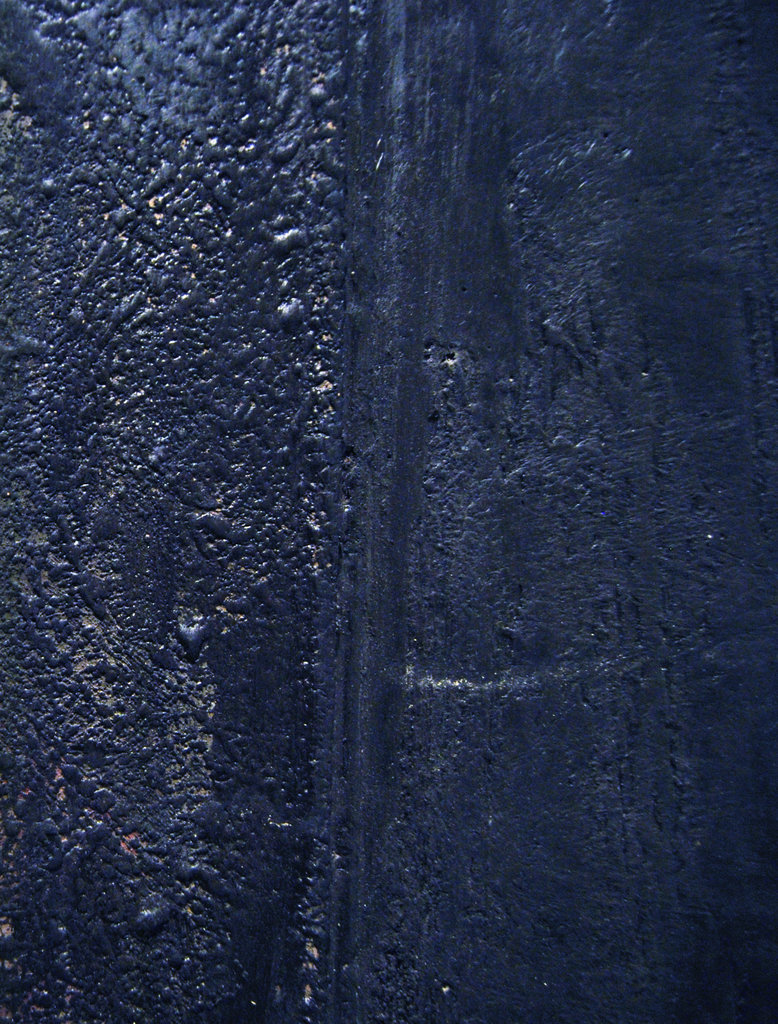 Iris Häussler, Sophie La Rosière Project, SLR_260, 2016 at Scrap Metal
Iris Häussler, Sophie La Rosière Project, SLR_260, 2016 at Scrap Metal
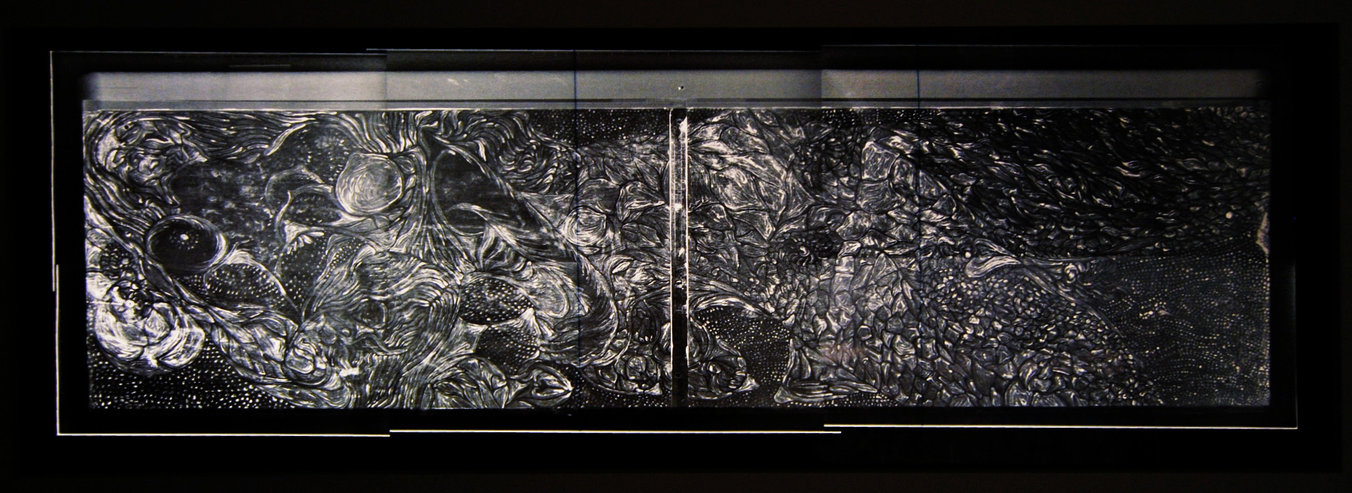 Iris Häussler, Sophie La Rosière Project, X-RAY SLR_262, 2016 at Scrap Metal
Iris Häussler, Sophie La Rosière Project, X-RAY SLR_262, 2016 at Scrap Metal
The bare minimalism of the Scrap Metal exhibition and its use of technology may appear to be both uncharacteristic of Häussler’s style and anachronistic in regards to the fictional biography of Sophie La Rosière, who is said to be active around the turn of the century. However, both minimalism and technological sophistication are justified, if one considers the place of this project in Häussler’s own artistic development. Many of her previous works engaged actively with complications of fictionality and verisimilitude, occasionally suffering from noisy but shallow publicity; once exposed, the elaborate artistic deceit of The Legacy of Joseph Wagenbach was branded as a “hoax” by Toronto’s National Post newspaper. Perhaps in view of such prosaic responses, Häussler is now exploring what happens to the total art once its artistic status is laid bare, as the public shifts its focus from the deceitfully realistic parts of the artworld to its often inconspicuous creators: real-life artists, restorers, experts, and art critics. And, interestingly, the emphasis on artists, experts, and their techniques and devices, can be taken as consistent with at least some art theory of La Rosière’s time. “Art is device,” proclaimed early twentieth century Formalist and Structuralist theoreticians; and Häussler’s exploration of the artistic value of fictionality, simultaneously dissimulated and exposed, sits well with the theoretical concerns that could motivate her character, Sophie La Rosière, – if she was more than an artworld entity, of course.
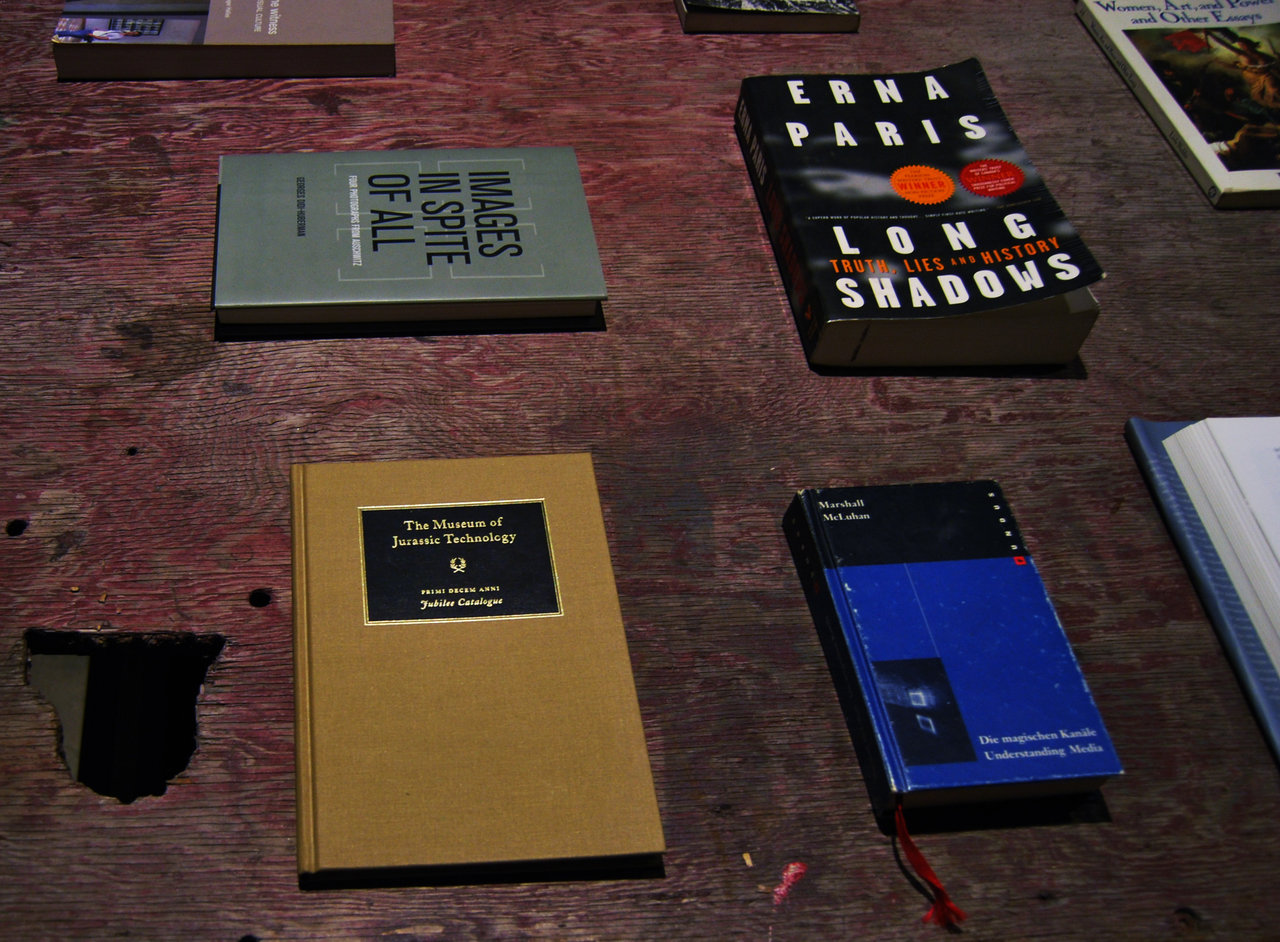 Installation view of Iris Häussler, Sophie La Rosière Project, 2016 at Scrap Metal
Installation view of Iris Häussler, Sophie La Rosière Project, 2016 at Scrap Metal
Text and photo: Andriy Bilenkyy
*Exhibition information: September 21 – December 17, 2016, Scrap Metal, 11 Dublin Street, Unit E, Toronto. Gallery hours: Fri Sat, 12 – 5 pm.
